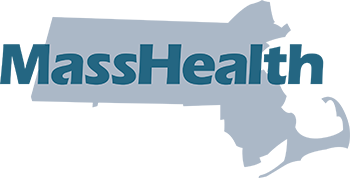A type of savings account that lets you set aside money on a pre-tax basis to pay for qualified medical expenses. By using untaxed dollars in a Health Savings Account (HSA) to pay for deductibles, copayments, coinsurance, and some other expenses, you may be able to lower your overall health care costs. HSA funds generally may not be used to pay premiums.
While you can use the funds in an HSA at any time to pay for qualified medical expenses, you may contribute to an HSA only if you have a High Deductible Health Plan (HDHP) — generally a health plan (including a Marketplace plan) that only covers preventive services before the deductible. For plan year 2019, the minimum deductible is $1,350 for an individual and $2,700 for a family. For plan year 2020, the minimum deductible for an HDHP is $1,400 for an individual and $2,800 for a family. When you view plans in the Marketplace, you can see if they’re “HSA-eligible.”
For 2019, if you have an HDHP, you can contribute up to $3,500 for self-only coverage and up to $7,000 for family coverage into an HSA. For 2020, if you have an HDHP, you can contribute up to $3,550 for self-only coverage and up to $7,100 for family coverage into an HSA. HSA funds roll over year to year if you don’t spend them. An HSA may earn interest or other earnings, which are not taxable.
Some health insurance companies offer HSAs for their HDHPs. Check with your company. You can also open an HSA through some banks and other financial institutions.






